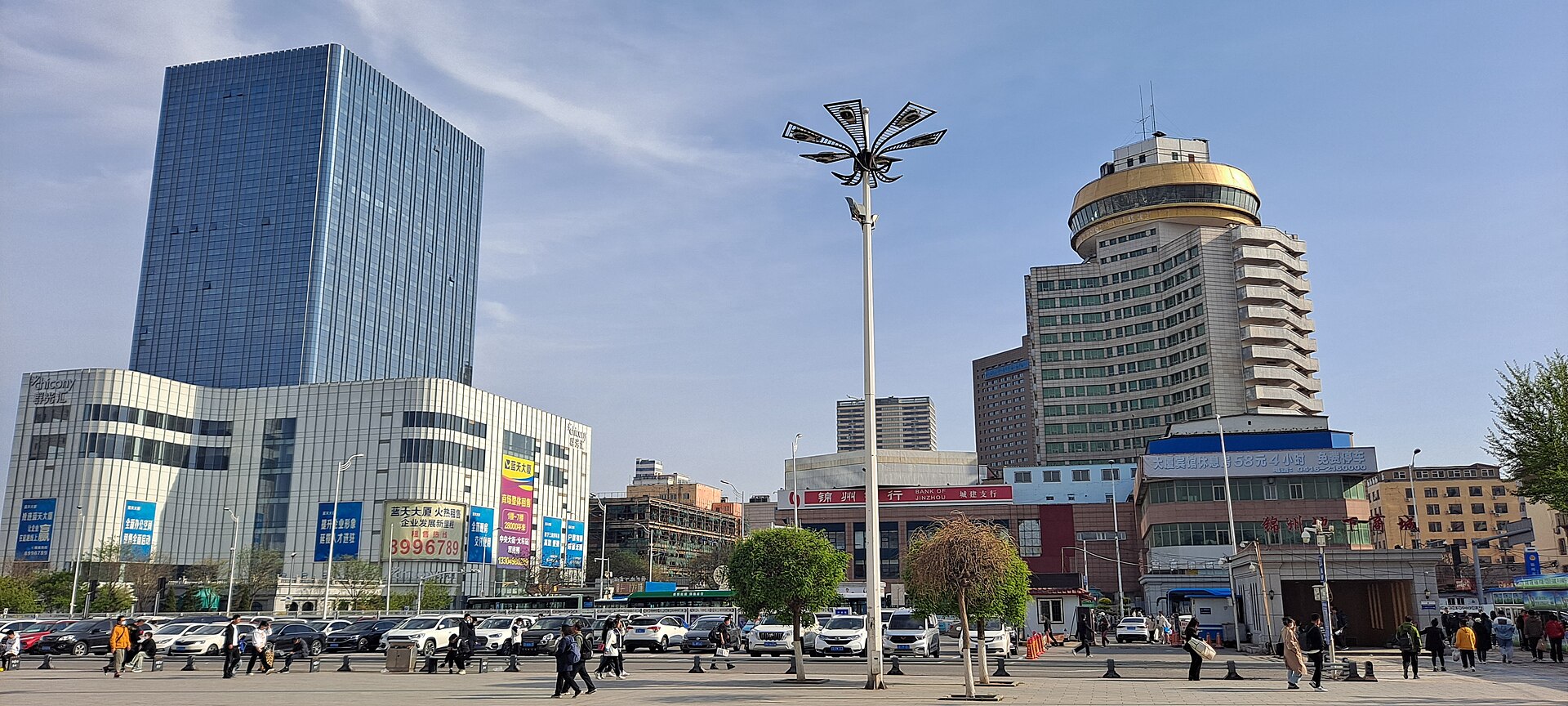China’s Steady Growth Fuels Global Economic Recovery
Amidst a backdrop of skepticism marked by the “China collapse theory,” President Xi Jinping has confidently addressed US business, strategic, and academic representatives, dismissing the notion that China’s economic progress has reached its zenith. Contrary to such theories, China’s GDP saw a robust growth of 5.2 percent last year, amounting to approximately 126 trillion yuan (US $17.75 trillion), and has continued to play a pivotal role as the largest engine of the global economy.
The country’s growth target for the current year is pegged at around 5 percent, and early indicators from the first quarter suggest a promising start with a 5.3 percent year-on-year GDP increase. This steady performance is a testament to China’s more stable and balanced economic landscape, bolstered by increasing market confidence.
Central to China’s economic strategy is the development of new quality productive forces (NQPF), a concept introduced by President Xi Jinping. NQPF aims to transition from traditional growth models to a sustainable high-quality development trajectory, emphasizing innovation, sophisticated technology, high efficiency, and green development. This approach is powered by technological breakthroughs, innovative resource allocation, and significant industry transformation.
Regions across China are leveraging local strengths to enhance their NQPF. Jinzhou is revitalizing its industrial base, Changzhou has entered the “Trillion Yuan GDP Club” through smart manufacturing and new energy initiatives, Anji has transformed its ecological challenges into ecotourism successes, and Shenzhen continues to lead the shift from high-speed to high-quality growth.
The impact of NQPF extends beyond China’s borders, promising to invigorate global markets with increased demand for goods, services, capital, and talent. China’s commitment to high-standard opening up is expected to inject new vitality into the global economic recovery.
Moreover, green and low-carbon development is a hallmark of NQPF, aligning with the urgent global need for green production capacity. By 2030, the demand for new energy vehicles (NEVs) and photovoltaic electricity capacity is projected to surge, with China poised to contribute significantly to meeting these needs and fostering green development worldwide.
China’s economic ties with Cyprus exemplify the potential for international cooperation in line with NQPF principles. The burgeoning trade relationship between the two nations, particularly in digital and green sectors, underscores the alignment of their economic policies and the bright prospects for future collaboration.






